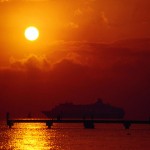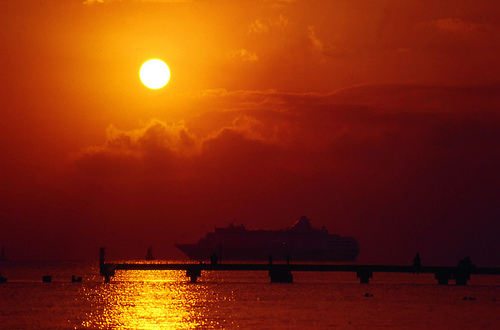 Traveling by ship, or cruising, starts with the point or process of embarkation, going onto the ship and finding our room. Your bags arrive soon after that. And within an hour or so the ship sets sail.
Traveling by ship, or cruising, starts with the point or process of embarkation, going onto the ship and finding our room. Your bags arrive soon after that. And within an hour or so the ship sets sail.
Unlike with an airplane, where matters move at a faster pace, the transition into the journey moves at a slower pace.
Novels are like this too. Some take off with lightening speed. Others move more like a cruise ship, not that they travel slowly.
It may feel somewhat strange to be moving across the water, as if you are not moving.
Some people experience seasickness, as if they have lost grounding. These kinds of novels may leave the reader feeling as if in limbo waiting for the other shoe to drop, particularly if the reader is unaccustomed to moving at this pace.
Ideally the ride smooths out.
In either case, whether traveling by ship or plane, the wayfarer reaches a point where they do not see land. All that exists is either sea and sky or simply sky. No sight of land.
For writers and readers this point symbolizes having reached the middle of a novel.
Transition from the beginning to the middle signifies moving from the land comprised of situation and context, personality and history, or back-story to that part of the story involving cause-and-effect, problem-solution, greeting obstacles and asserting a plan for moving on. 
It may be helpful at this point in either writing or planning and sketching your novel to consider the last action committed or image envisioned before lift-off or setting sail.
What was the irrevocable action that your central character committed in the face or her or his challenge of the story?
What caused her or him to take this action?
This constitutes the last sight of land.
